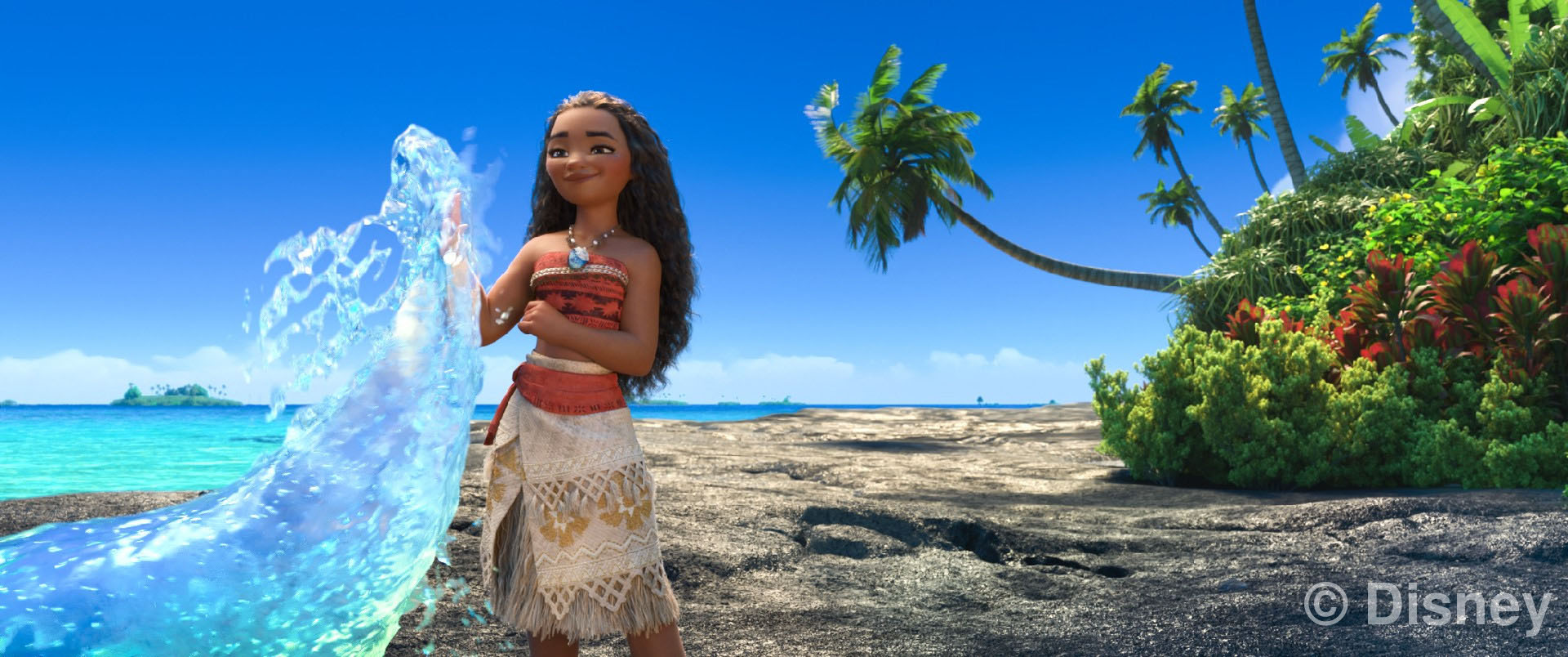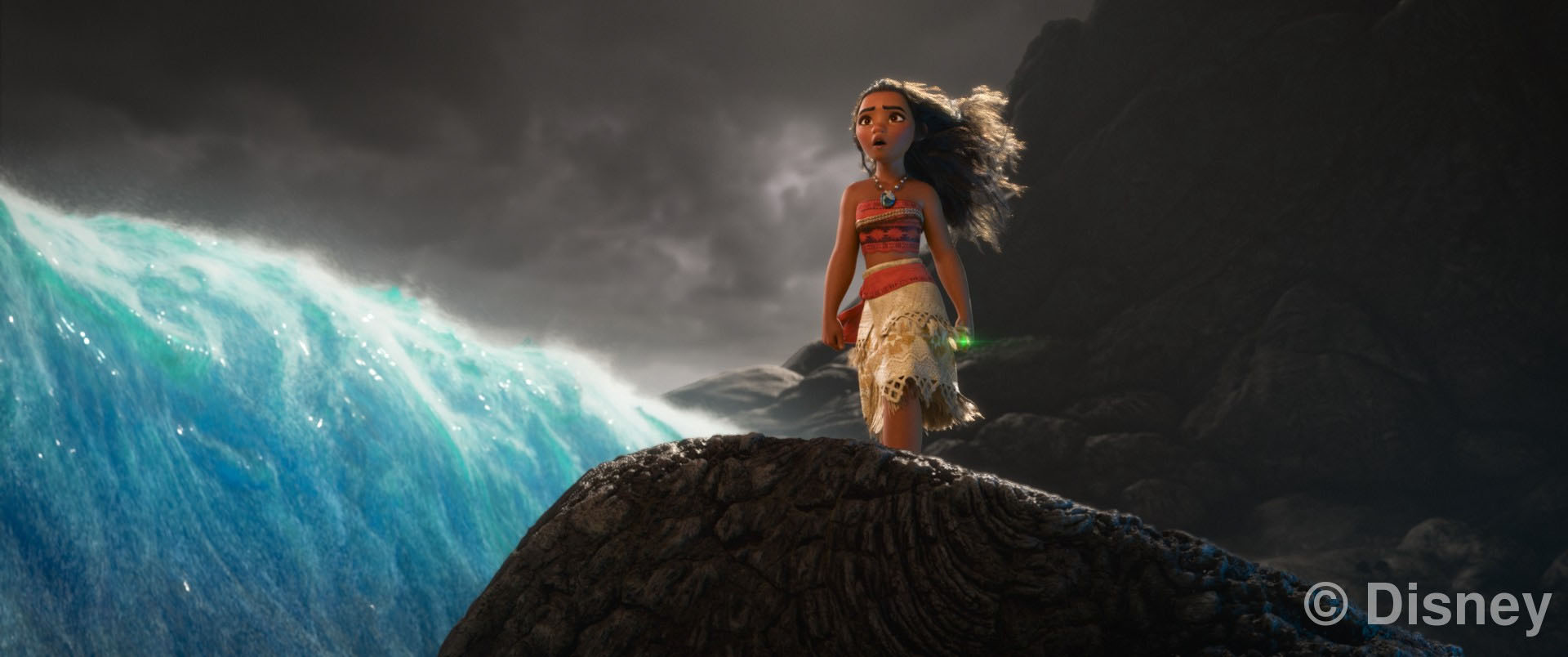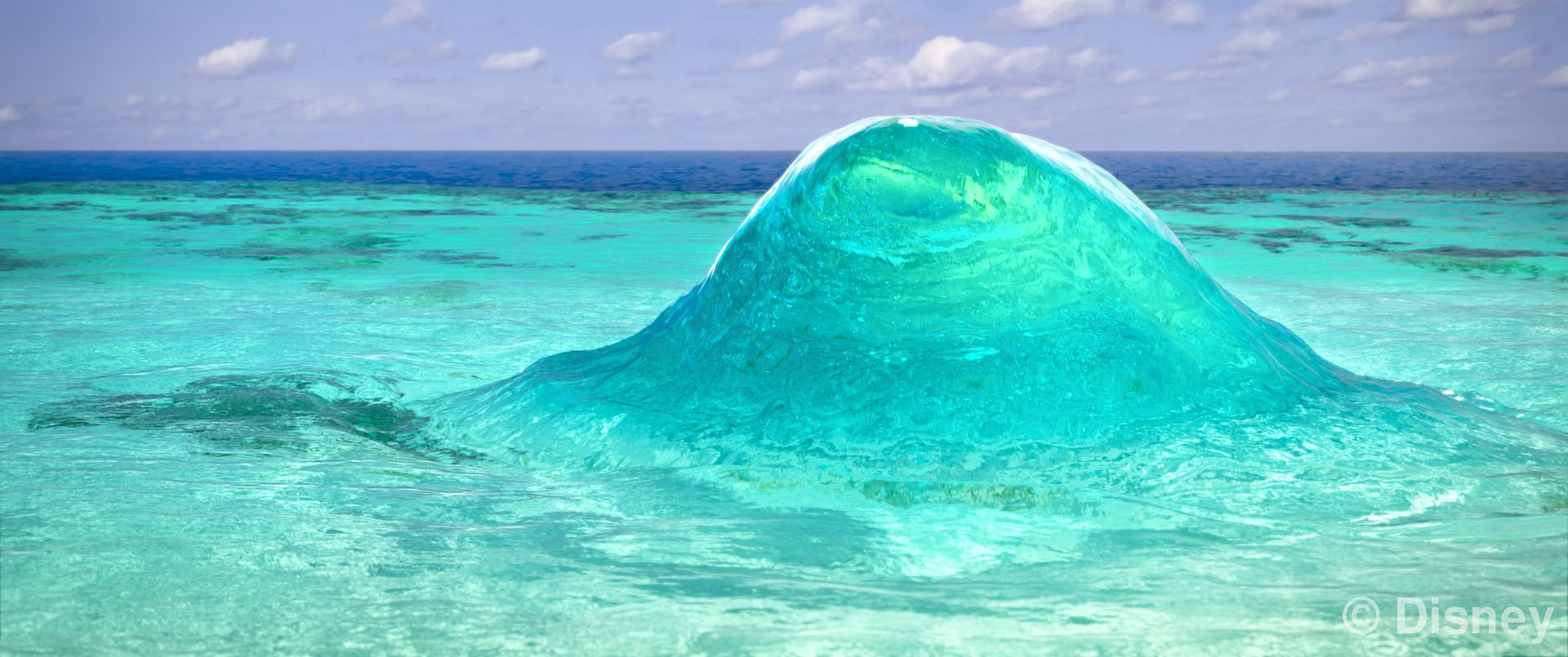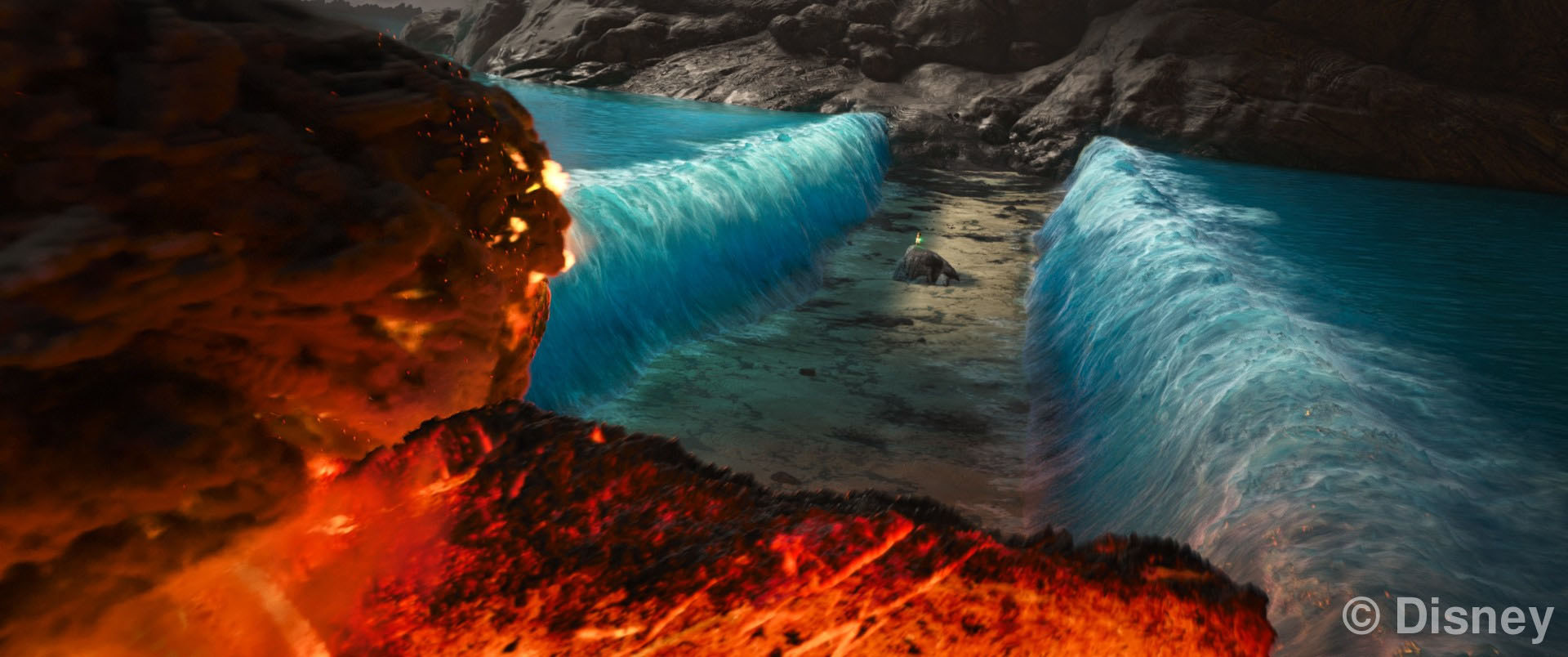“Moana: Performing Water”
Conference:
Type(s):
Entry Number: 30
Title:
- Moana: Performing Water
Presenter(s)/Author(s):
Abstract:
For Disney’s Moana, water was a dominant part of island life, in fact it had a life of itfis own. Presenting itself as a character, water was ever present, in a multitude of shapes and scales. An end-to-end water pipeline was developed for this film [Garcia et al. 2016], including the creation of proprietary fluid APIC solver [Jiang et al. 2015] named Splash. This gave us physically accurate simulations. The challenge with performing water was to provide art-directed simulations, defying physics, yet remaining in a grounded sense of possibility. Incorporating natural swells and flows to support the building of designed shapes limited anthropomorphic features, and played to our goal of communicating that this character is the ocean as a whole.
References:
. Garcia, S. Drakeley, S. Palmer, E. Ramos, D. Hutchins, R. Habel, and A. Stomakhin. 2016. Rigging the Oceans of Disney’s “Moana”. In SIGGRAPH ASIA 2016 Technical Briefs (SA ’16). ACM, New York, NY, USA, Article 30. Google ScholarDigital Library
Chenfanfu Jiang, Craig Schroeder, Andrew Selle, Joseph Teran, and Alexey Stomakhin. 2015. The Affine Particle-in-cell Method. ACM Trans. Graph. 34, 4, Article 51 (July 2015). Google ScholarDigital Library
Alexey Stomakhin and Andrew Selle. 2017. Fluxed Animated Boundary Method. ACM Trans. Graph. 36 (2017). Issue 4.
Acknowledgements:
Brett Boggs, Michael Catalano, Benjamin Fiske, Sam Klock, Dale Mayeda, Alex Moaveni, Erin Ramos, Dave Rand, Toby Rosen, Sco Townsend, and Marlon West.








